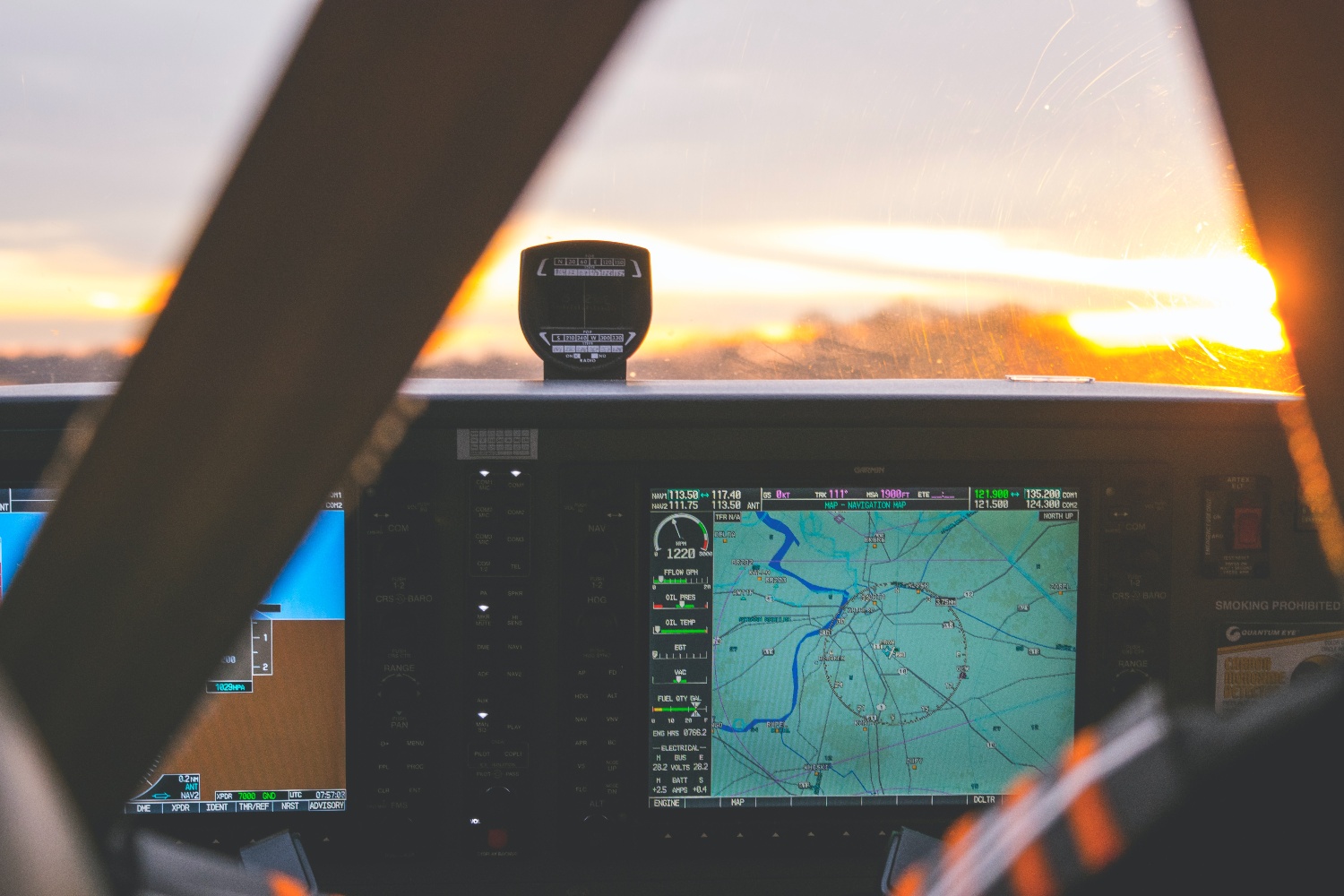Streamline Glass Cockpit Transitions in a Flight Sim
Everyone knows how beneficial flight simulators are for training. They allow you to practice all kinds of maneuvers and procedures with zero risk or carbon emissions — and at a much lower cost than practicing in an airplane.
But, while we are all familiar with those benefits, there is another type of flight training that simulators excel at that is all too often overlooked. They provide ideal tools for easing your transition from steam-gauge, analog instruments to digital, glass panels.
And that’s a very good thing.
As much as the various avionics manufacturers try to make operating their glass cockpit systems more “intuitive,” these are still very complex devices, and untrained pilots can quickly find themselves behind the aircraft.
In fact, according to the National Business Aviation Association (NBAA), statistics show that single-pilot light business aircraft operations are up to 1.5 times more likely to result in an accident than a flight crewed by two pilots.
It does not take much stretch of the imagination to correlate accident types like loss of control in-flight, controlled flight into terrain (CFIT), or runway undershoots and overshoots with a pilot becoming distracted by the operation of their avionics.
Accidents of any kind are the last step in a long chain of events, and an incorrect frequency or misinterpreted display can often be the flake that gets that snowball rolling downhill.
Related Content: The Pros and Cons of Learning to Fly With a Glass Cockpit
There’s a sim for that.
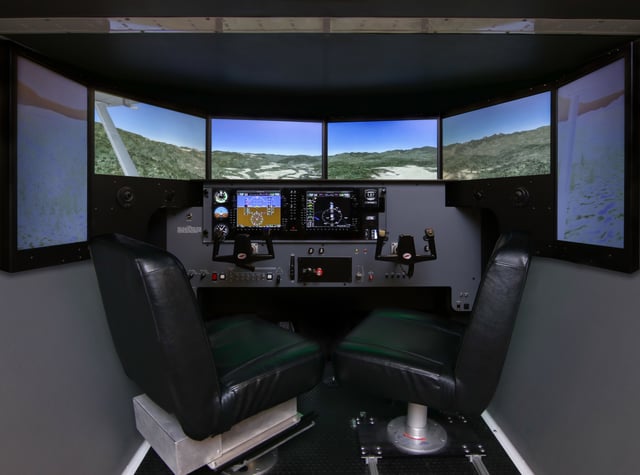
As mentioned, the modern aircraft panel is a very complex place. And trying to familiarize yourself with which button does what while flying the plane, looking for traffic, and talking to ATC is a recipe for disaster.
Like learning IFR approaches, your avionics familiarization will be far more effective if you take the time to learn all of your system’s ins and outs in a flight simulator. It does not even need motion. You will concentrate on developing your avionics operating skills, setting frequencies, selecting inputs, sorting out malfunctions, and just getting complex-panel comfortable.
There’s a lot to get used to.
Training sessions in the controlled environment of a flight simulator are the ideal time to put your total focus on practicing all of the different processes and procedures you need to get the most out of your aircraft’s avionics.
And there is even more to learn when you delve into emergency procedures. As reliable as these new systems are, they fail — and never at a convenient time.
You need to be able to react and reconfigure displays or select alternate/revisionary systems as part of your routine, or at least have the at-hand skills to keep the airplane right side up while you find the proper procedure in the pilot's operating handbook (POH).
Sure, you can always flip on the autopilot if things go south. Good ol’ George is always there to keep the blue side up. But what do you do if the autopilot is the source of your problem? Do you know which circuit breaker to pull if you need to shut the unit down?
Transitioning from approach to final is no time to figure it out.
Practice makes perfect.
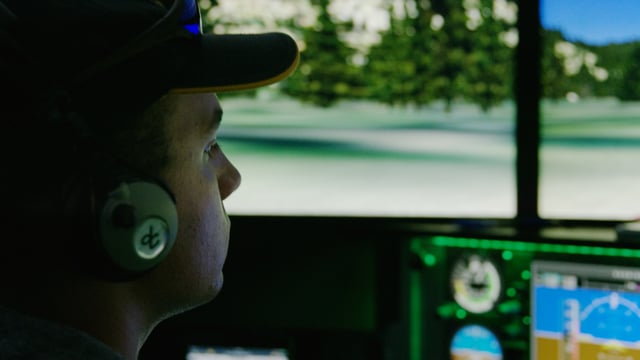
Even if you already have a good working relationship with your aircraft’s panel, using a flight simulator is the best tool for keeping your skills sharp. Very few of us fly as much as we would like, and your motor skills and memory dull over time.
Another excellent use for a simulator is familiarizing yourself with a new airport or approach. The more advanced systems allow you to not only “fly” the various approaches into practically any airport but also see nearby cities, lakes, rivers, and other significant landmarks.
Knowing before you go is a great way to minimize stress and reduce risks.
So, schedule a flight simulator session the next time you want to learn more about your electronic flight displays and how to use them. When it comes to becoming a better pilot, you can learn a lot without ever leaving the ground.
Share this
You May Also Like
These Related Articles
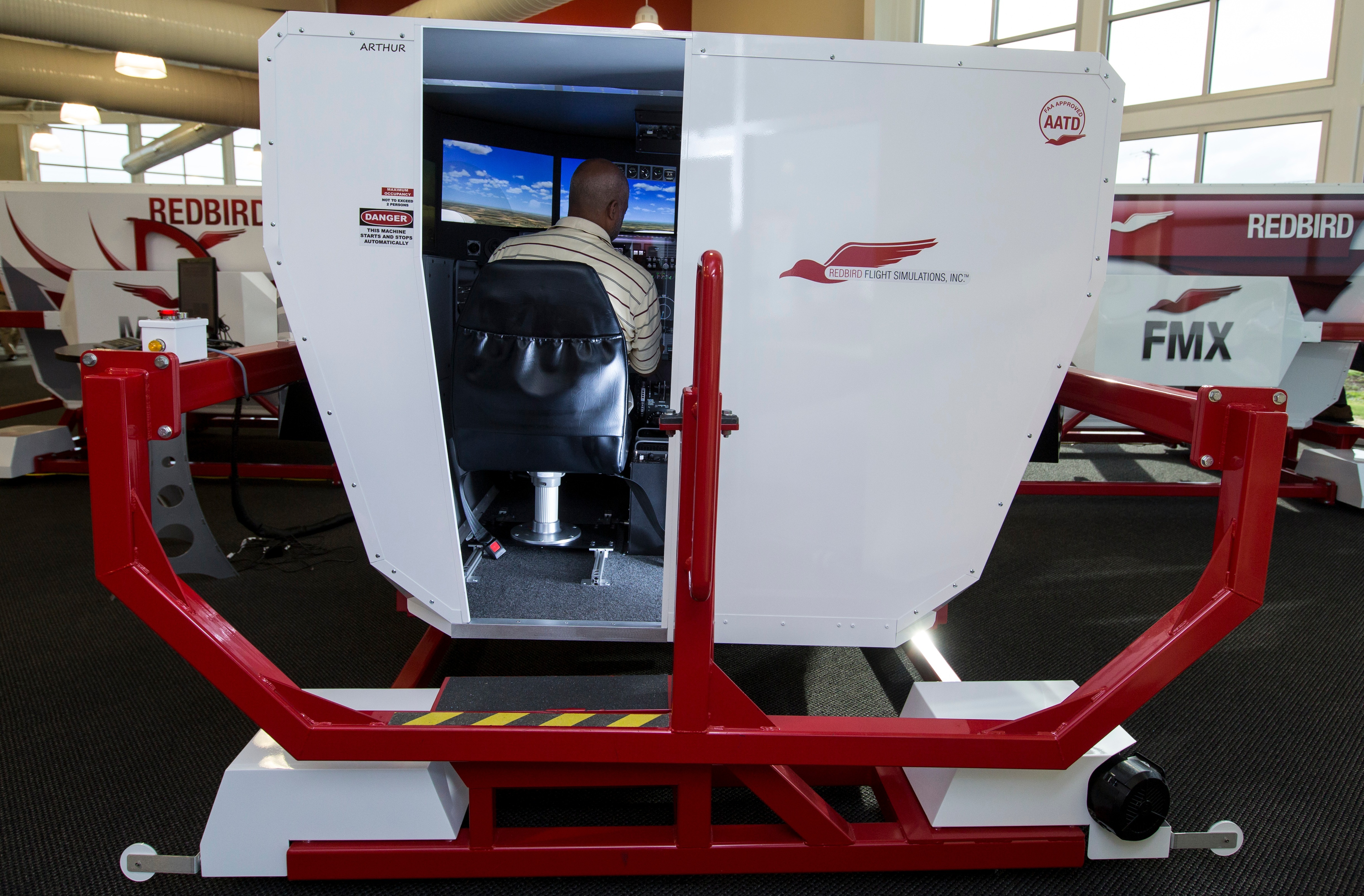
How Top Flight Schools Use Full Motion Flight Simulators
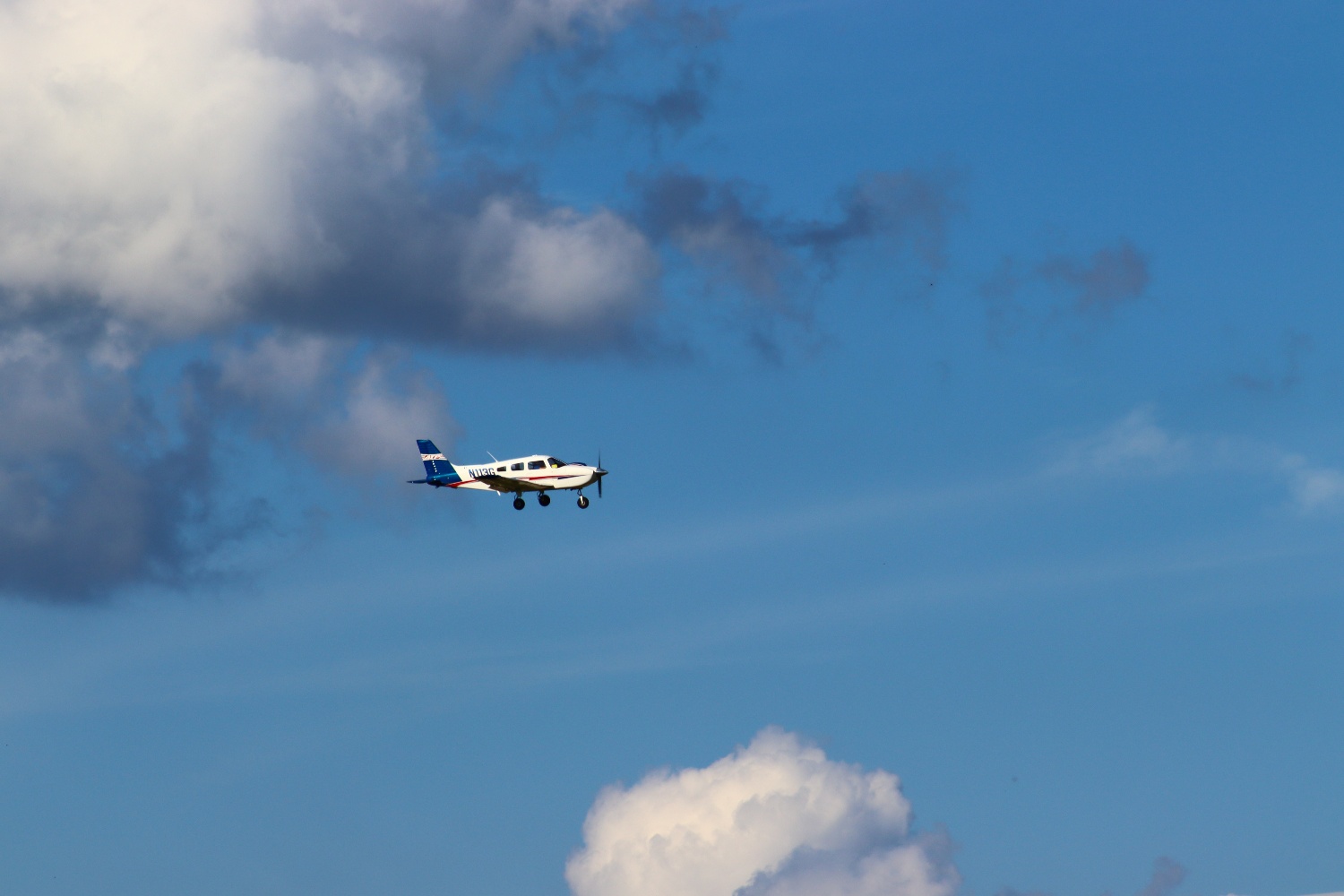
The Top IFR Mistakes: Flying VFR With an Instrument Rating
